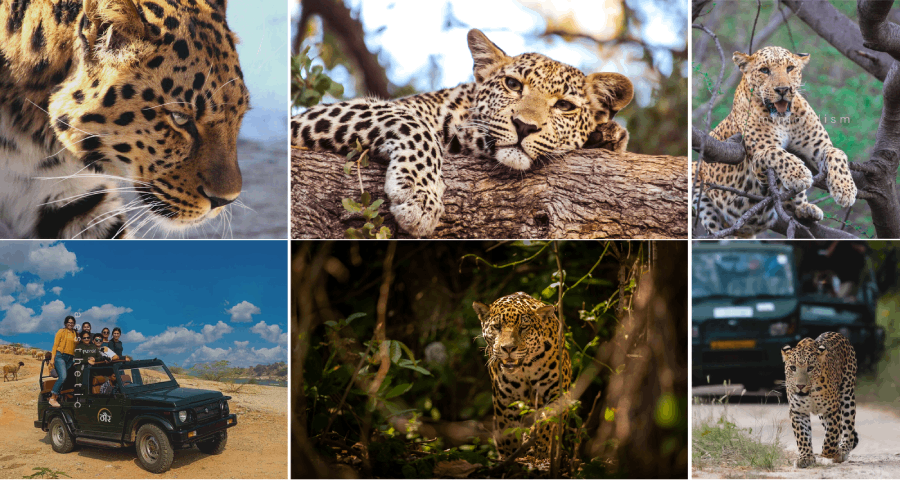Flora
Jhalana Leopard Reserve boasts a captivating landscape with mountain valleys, sharp cliffs, grasslands, and a tranquil forest. The tree life here mainly consists of hardy trees that are adapted to surviving with less rainfall and rocky soil. The forest floor and mountain base are covered mainly with Indian Babul (Acacia Nilotica), Kumtaa (Acacia Senegal), Indian Elm or Chaleel (Holoptelea Integrifolia), Ber or Indian Jujube (Ziziphus Mauritiana), Dhak (Buteo Monosperma), Salar (Boswellia Serrata), Guggal (Commiphora Wightii), Khejri (Prosopis Cineraria), and more. The entire mountain ranges are dominated by one single species, "Dhok" (Anogeissus Pendula), which gives colour to the Aravalli mountain range. The reserve is undergoing an afforestation program where more fruit-bearing native trees like Shahtoot and Pilkhan are being planted.







